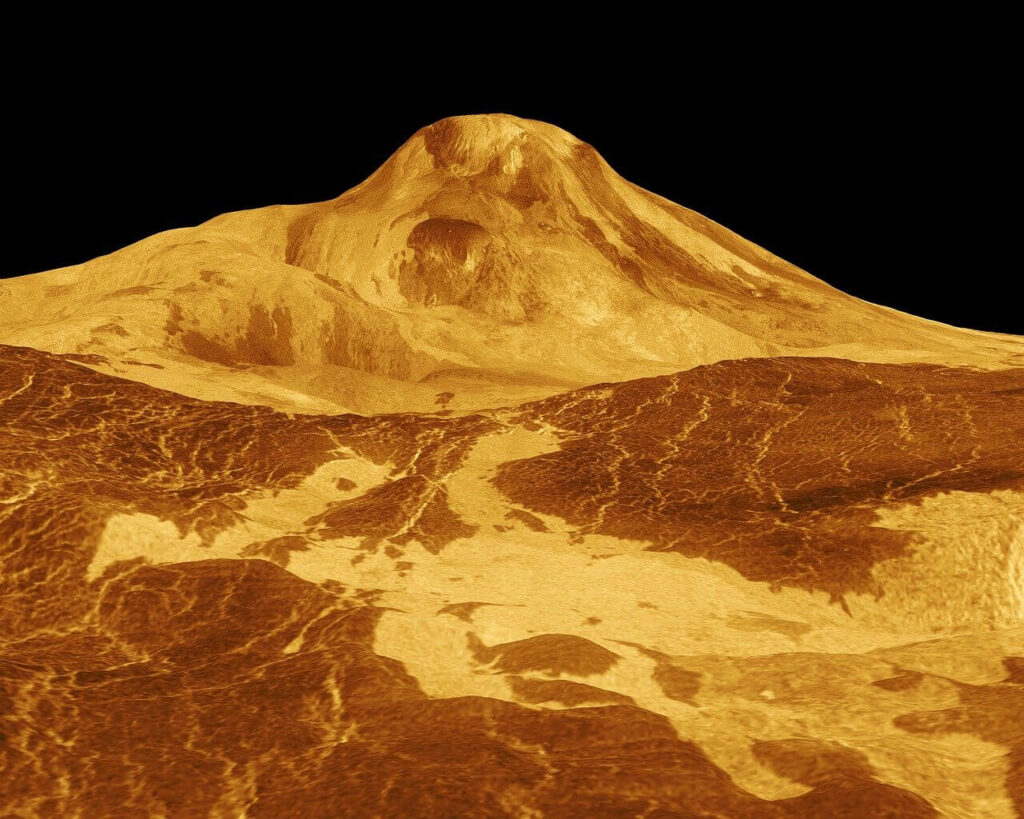Scientists have found something very intriguing in the atmosphere of Venus. They believe they have discovered the amino acid glycine. The discovery comes right after the discovering a potential biomarker of life called phosphine in the upper atmosphere of Venus last month. The amino acid was detected using the Atacama Large Millimeter. The author of the study, Arijit Manna, notes that the methods of synthesis from simple glycine molecules have a great influence on the origin of life and chemical evolution.
Amino acids are considered as the main compounds that lead to the occurrence of life. Glycine is the simplest of all amino acids which exists in genetic code. Out of the 500 known amino acids, only 20 are present in genetic code.
The surface of Venus cannot be called a good place for life forms, because its average temperature is 467 degrees Celsius due to the greenhouse effect, and the atmospheric pressure near the surface of the planet is several dozen times higher than Earth’s.
In addition, the planet’s atmosphere itself is extremely dense, consisting almost entirely of CO2 (96.5 percent) and N2 (3.5 percent), rich in sulfur compounds, and almost devoid of water vapor and oxygen. However, in the middle and upper layers of the Venus’ atmosphere the temperature and pressure of the gas mixture are well within its environment, which, according to some scientists, capable of supporting microbiological life forms.
Scientists note that the discovery of glycine, which is part of proteins, on the second planet from the Sun may be a hint of the existence of life in its clouds, but not a strong proof. On the atmosphere of Venus, glycine can be formed as a result of photochemical or geochemical processes that do not occur on Earth.
But for now, we can rest assured that life hasn’t been found on Venus. Instead, we may have uncovered just one more piece of the puzzle that about the Venus’ complicated atmosphere.
